¿Estar bien o estar bueno? ¿Buen día o bueno día? ¿Es un bien amigo o un buen amigo? Having troubles figuring out when to use ‘buen’, bueno’ and ‘bien’? Learn how to tell them apart right here:
Bien is an adverb. We use it to modify or describe verbs, adjectives and other adverbs. It translates as ‘well, ‘ok’ and it goes after the verb.
- Ella habla español bien. She speaks Spanish well.
- ¿Estás bien? Sí, estoy bien. Are you OK? Yes, I’m OK.
- Ya es bien tarde; vamos a dormir. It’s pretty late; let’s go to bed.
Bueno and buen both are adjectives and mean the same: ‘good’. The difference is that when the adjective goes in front of a masculine, singular noun, we drop the final ‘o’. Thus, we use ‘buen’ before masculine, singular nouns and we use ‘bueno’ after.
Additionally, ‘bueno’ has a femenine form (‘buena’) and plural forms (‘buenos/buenas’):
- Buen día. Good morning. / Buenos días. Good morning.
- Él es un buen amigo. Ella es una buena amiga. Ellos son buenos amigos. He/She is a good friend. They are good friends.
- Ellos hacen un buen trabajo. They do a good job. Su trabajo es bueno. Their job is good.


